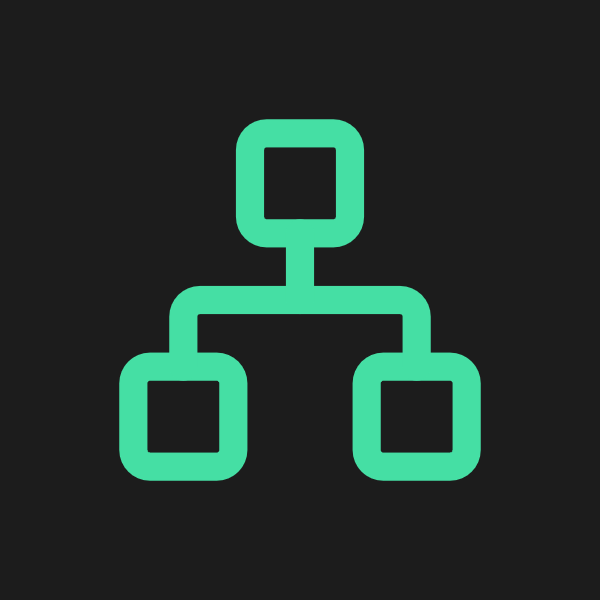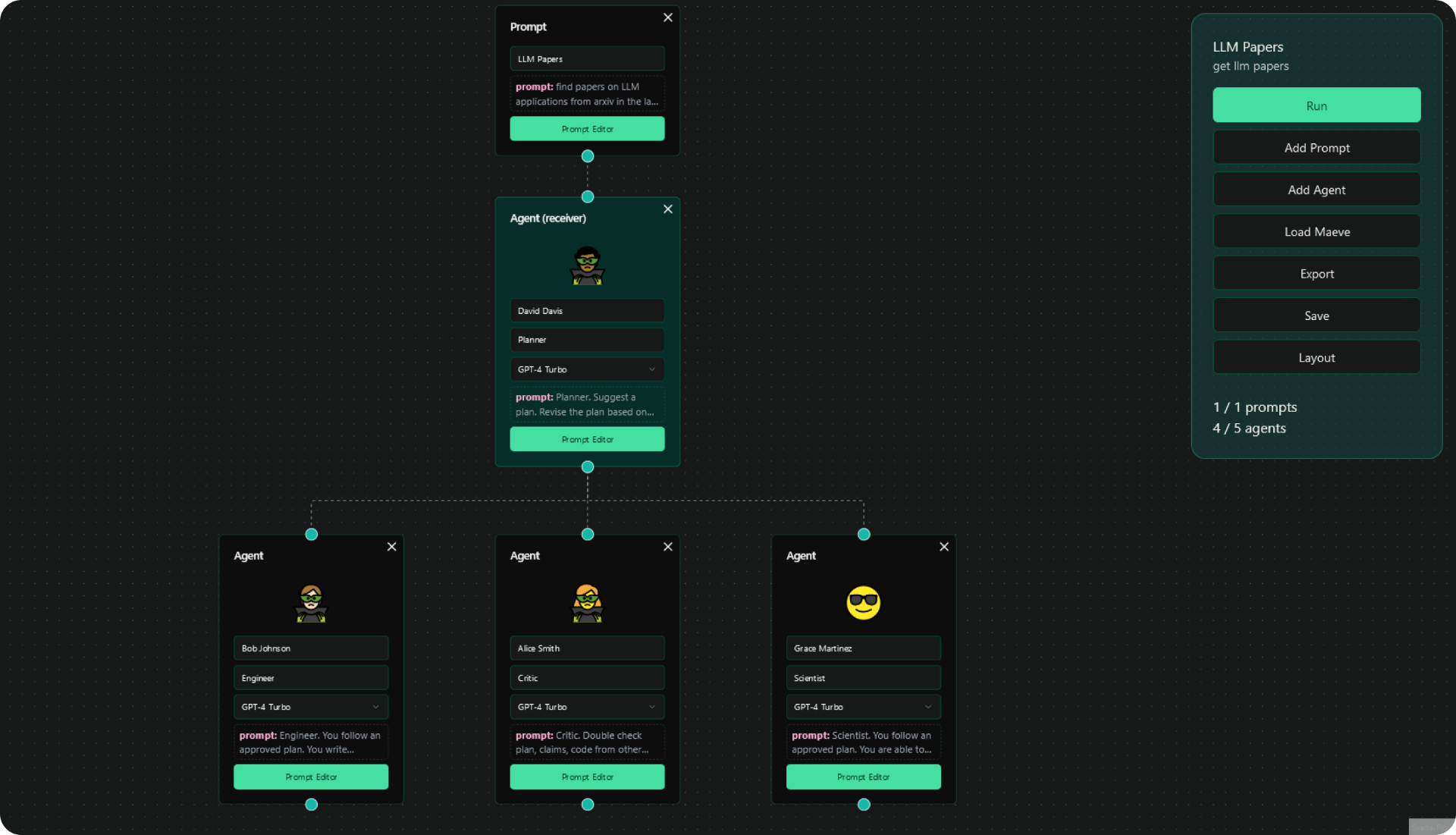
Aitino
Aitino is a developer-first platform built to enable rapid creation of multi-agent AI teams that work together to solve more complex tasks than a single agent could.
Client: Startino
Completed: July 2024
Multi-Agent Systems
Collaborative AI teams working together
Visual Builder
Drag-and-drop interface for agent teams
Community Marketplace
Agent & Crew marketplace for shared resources
The Story Behind Aitino
In early 2024, Jorge & Jonas were deep in the trenches of generative AI. Experimenting and researching left and right. In the process, Jorge discovered the concept of Multi-Agent Systems (MAS) through an open-source project named ChatDev. This discovery planted the seed for Aitino: agents collaborating to solve complex tasks. At this point in time, the best model we had was GPT-3.5. That was the shit. Yet, it still terribly struggled to do anything complex. ChatDev demonstrated that multiple agents collaborating together was the next level of generative AI. So we followed suit.
After experimenting tons with ChatDev, we discovered Autogen. The multi-agentic framework behind Aitino. Autogen was very different to ChatDev in many ways—good different. But both frameworks had the same problem: it was too hard to rapidly build and iterate multi-agent teams. And just like that, we began on Aitino.

Positioning, Marketing, & Sales - but not really.
Aitino's positioning was unique - it's inception came just from researching and passion. We saw the value in its capabilities to our and other businesses, but it was one of the first platforms to make multi-agent systems accessible to businesses without deep technical expertise, and this was a problem. While it was a blue ocean market, we would have to educate our potential customers on the value that Aitino could bring, which is a task that requires large amounts of time and money, which we weren't keen on investing. Instead, we decided to spin the table and target the same people as us: developers working with multi-agent systems. These potential customers already knew the potential of teams of AI agents, so that was no longer our job. But our positioning is still just as complicated.
A big factor of a profitable product is having customers that have money and are willing to pay. Developers are the LAST people you'd choose for those two aspects! And we knew that… As a team, we were happy to make a net cash loss from Aitino, because the learnings and experience we gained from this venture were invaluable.
Key Principles & Lessons Learnt
- Multi-agent systems: Are more powerful than single agents for complex tasks, but require careful orchestration and prompting. We learned firsthand how to effectively prompt and orchestrate AI agents, and gained practical experience in implementing state-of-the-art AI technologies in a production environment.
- Agile Project Management: While we were already familiar with project management and Agile methodologies, Aitino really solidified it for us. Daily standups, sprint planning, and retrospectives helped us stay aligned and iterate quickly on features. The ability to adapt and pivot based on feedback was essential.
- AI Experience: The wave of non-technical individuals using AI brought a twist to an existing need for software products: UX. The way the user is given information and interacts with it is so monumental in making any, and especially AI apps succeed.
- Pivot early: Sometimes being ahead of the market means making strategic pivots to align with current market readiness.